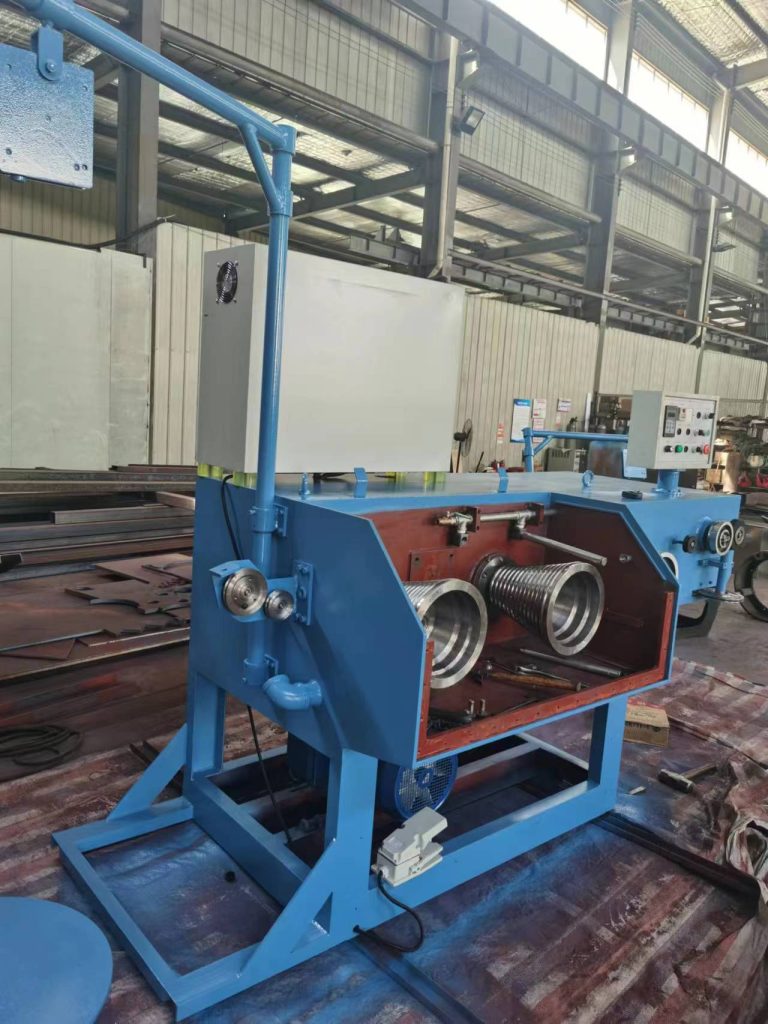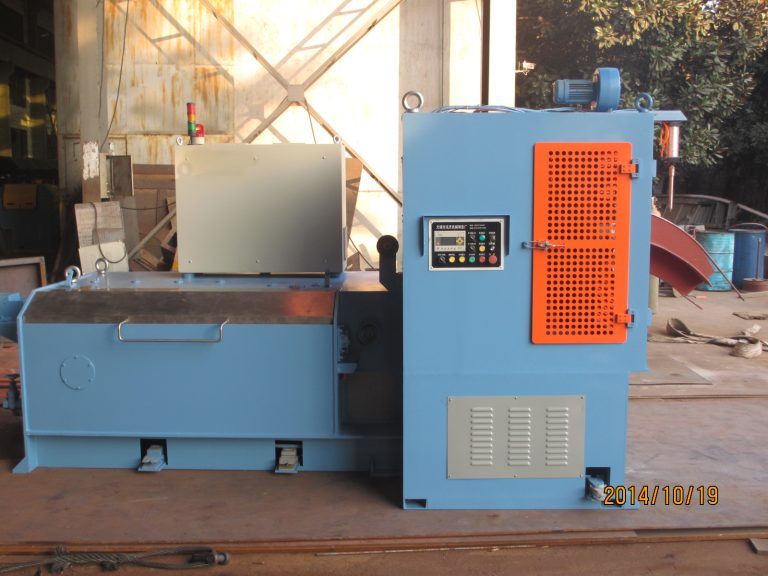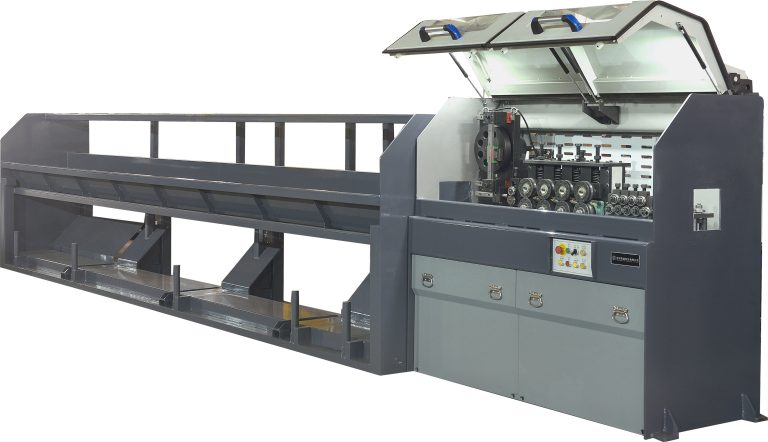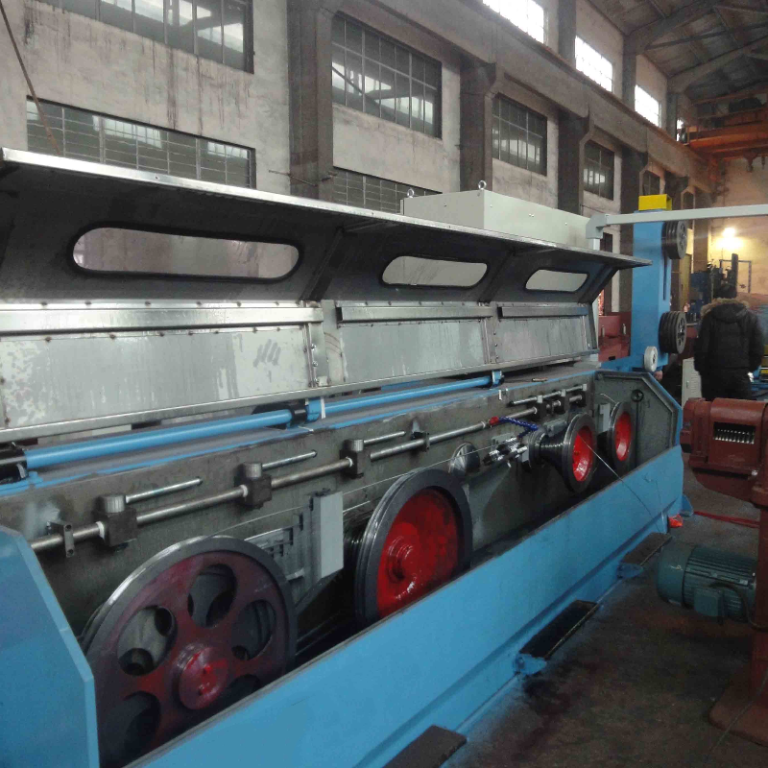Table of Contents
تقنيات لف الطبقة الواحدة
مزايا اللف بطبقة مزدوجة
مقارنة بين لف الطبقة المفردة والمزدوجة
اللف بطبقة مفردة ومزدوجة هما تقنيتان شائعتان تستخدمان في بناء الآلات الكهربائية، مثل المحولات والمحركات. كل طريقة لها مزاياها وعيوبها، وفهم الاختلافات بين الاثنين يمكن أن يساعد المهندسين على اتخاذ قرارات مستنيرة عند تصميم هذه الأجهزة.
اللف بطبقة واحدة، كما يوحي الاسم، يتضمن لف ملفات الأسلاك في طبقة واحدة حول جوهر الآلة. تُستخدم هذه الطريقة غالبًا في الأجهزة الصغيرة حيث تكون المساحة محدودة، لأنها تتيح تصميمًا أكثر إحكاما. بالإضافة إلى ذلك، يمكن أن يكون تصنيع اللف بطبقة واحدة أسهل وأسرع، حيث يتم ببساطة وضع الملفات واحدة تلو الأخرى دون أي تداخل.
من ناحية أخرى، يتضمن اللف ذو الطبقة المزدوجة لف الملفات في طبقتين، مع وضع كل طبقة على رأس الآخر. تُستخدم هذه الطريقة عادةً في الأجهزة الأكبر حجمًا حيث لا تشكل المساحة أهمية كبيرة. يسمح اللف ذو الطبقة المزدوجة بعدد أكبر من اللفات لكل ملف، مما قد يؤدي إلى أداء وكفاءة أفضل. ومع ذلك، يمكن أن تكون هذه الطريقة أكثر تعقيدًا وتستغرق وقتًا طويلاً في التصنيع، حيث يجب ترتيب الملفات بعناية لتجنب التداخل بين الطبقات.
أحد الاختلافات الرئيسية بين لف الطبقة المفردة والمزدوجة هو توزيع اللف على جوهر. في حالة اللف بطبقة واحدة، يتم توزيع الملفات بالتساوي على القلب، مما يساعد على تقليل الخسائر وتحسين الأداء العام للآلة. في اللف ذو الطبقة المزدوجة، يتم تجميع الملفات معًا بشكل أكثر إحكامًا، مما قد يؤدي إلى خسائر أعلى وانخفاض الكفاءة.
هناك عامل مهم آخر يجب مراعاته عند الاختيار بين اللف المفرد والطبقة المزدوجة وهو متطلبات العزل. في حالة اللف بطبقة واحدة، تكون الملفات أكثر تعرضًا وقد تتطلب عزلًا إضافيًا لمنع حدوث دوائر قصيرة. في حالة اللف ذو الطبقة المزدوجة، تكون الملفات أقرب إلى بعضها البعض وقد لا تتطلب قدرًا كبيرًا من العزل. ومع ذلك، فإن التغليف المحكم للملفات في لف الطبقة المزدوجة يمكن أن يزيد أيضًا من خطر انهيار العزل.
عندما يتعلق الأمر بالتكلفة، فإن لف الطبقة الواحدة بشكل عام أكثر اقتصادا من لف الطبقة المزدوجة. يمكن أن تساعد عملية التصنيع الأبسط ومتطلبات العزل المنخفضة لللف ذو الطبقة الواحدة في تقليل تكاليف الإنتاج الإجمالية. ومع ذلك، فإن الأداء المحسن وكفاءة اللف ذو الطبقة المزدوجة قد يبرر الاستثمار الأولي الأعلى لبعض التطبيقات.
في الختام، كل من اللف المفرد والمزدوج له مزاياه وعيوبه، وسيعتمد الاختيار بين الاثنين على المحدد متطلبات الآلة الكهربائية التي يتم تصميمها. غالبًا ما يُفضل اللف ذو الطبقة الواحدة للآلات الصغيرة ذات المساحة المحدودة، في حين أن اللف ذو الطبقة المزدوجة أكثر ملاءمة للآلات الأكبر حجمًا حيث يكون الأداء والكفاءة من الاعتبارات الرئيسية. يجب على المهندسين أن يوازنوا بعناية بين إيجابيات وسلبيات كل طريقة لتحديد أفضل تقنية لف لتطبيقهم الخاص.
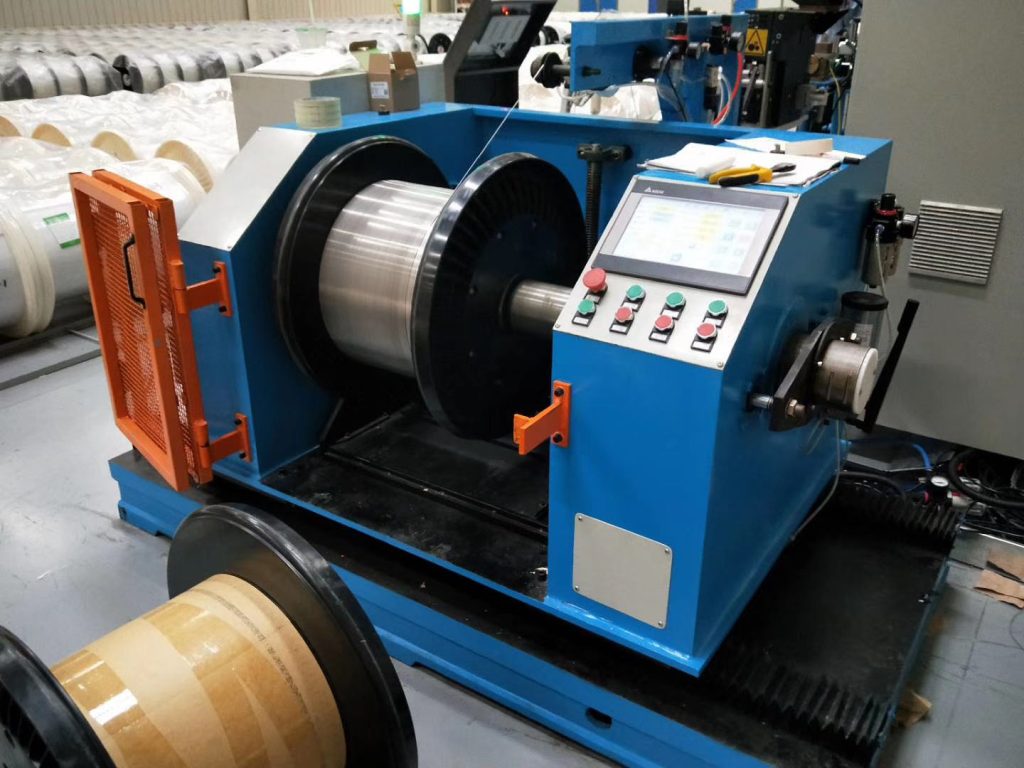
Additionally, double layer winding offers improved thermal performance compared to single layer winding. The increased number of turns in a double layer winding allows for better heat dissipation, which helps to prevent overheating and prolong the lifespan of the machine. This is especially important in high-power applications where heat generation is a concern.
Another advantage of double layer winding is its ability to reduce the electromagnetic interference (EMI) produced by the machine. By using two layers of winding, the magnetic fields generated by the coils are better contained, resulting in lower levels of EMI. This is crucial in applications where EMI can interfere with other electronic devices or cause signal distortion.
Furthermore, double layer winding offers improved mechanical strength compared to single layer winding. The additional layer of winding provides extra support for the coils, making the machine more robust and less prone to damage from vibrations or external forces. This is particularly important in applications where the machine is subjected to harsh operating conditions.
In addition to these advantages, double layer winding also offers better distribution of the electromagnetic forces within the machine. The two layers of winding help to balance the forces acting on the coils, reducing the risk of mechanical stress and improving the overall performance of the machine. This results in a more efficient and reliable operation, making double layer winding a preferred choice for many industrial applications.
Overall, double layer winding offers a number of advantages over single layer winding, including reduced size and weight, improved thermal performance, lower EMI, increased mechanical strength, and better distribution of electromagnetic forces. These benefits make double layer winding an attractive option for a wide range of applications, from small transformers to large industrial motors.
In conclusion, while both single and double layer winding have their own strengths and weaknesses, double layer winding is often the preferred choice for applications where performance, efficiency, and reliability are key considerations. By taking advantage of the benefits offered by double layer winding, engineers and designers can create electrical machines that are more compact, efficient, and durable, making them ideal for a variety of industrial and commercial applications.
Comparison of Single and Double Layer Winding
Single and double layer winding are two common techniques used in the construction of electrical machines, such as transformers and motors. Each method has its own advantages and disadvantages, and understanding the differences between the two can help engineers make informed decisions when designing these devices.
Single layer winding, as the name suggests, involves winding the coils of wire in a single layer around the core of the machine. This method is often used in smaller machines where space is limited, as it allows for a more compact design. Additionally, single layer winding can be easier and faster to manufacture, as the coils are simply laid out one after the other without any overlapping.
On the other hand, double layer winding involves winding the coils in two layers, with each layer placed on top of the other. This method is typically used in larger machines where space is not as much of a concern. Double layer winding allows for a higher number of turns per coil, which can result in better performance and efficiency. However, this method can be more complex and time-consuming to manufacture, as the coils must be carefully arranged to avoid interference between the layers.
One of the key differences between single and double layer winding is the distribution of the winding over the core. In single layer winding, the coils are spread out evenly over the core, which can help to reduce losses and improve the overall performance of the machine. In double layer winding, the coils are more tightly packed together, which can lead to higher losses and reduced efficiency.
Another important factor to consider when choosing between single and double layer winding is the insulation requirements. In single layer winding, the coils are more exposed and may require additional insulation to prevent short circuits. In double layer winding, the coils are closer together and may not require as much insulation. However, the tight packing of the coils in double layer winding can also increase the risk of insulation breakdown.
When it comes to cost, single layer winding is generally more economical than double layer winding. The simpler manufacturing process and lower insulation requirements of single layer winding can help to reduce overall production costs. However, the improved performance and efficiency of double layer winding may justify the higher initial investment for some applications.
In conclusion, both single and double layer winding have their own advantages and disadvantages, and the choice between the two will depend on the specific requirements of the electrical machine being designed. Single layer winding is often preferred for smaller machines with limited space, while double layer winding is more suitable for larger machines where performance and efficiency are key considerations. Engineers must carefully weigh the pros and cons of each method to determine the best winding technique for their particular application.

